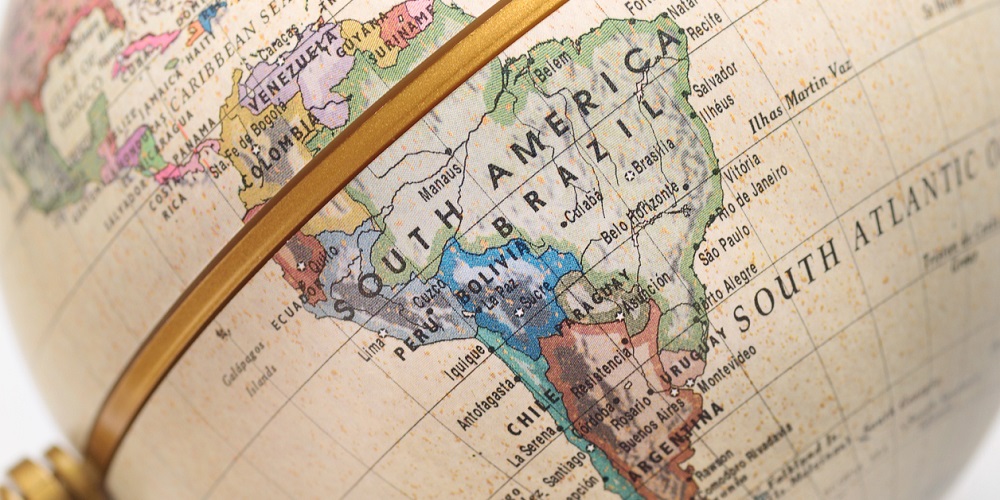Antitrust damages actions in Latin America: on the path to the European model?

We look at the progress made in relation to damages actions for infringements of competition law in Colombia, Peru, Mexico and Chile.
Competition law essentially protects a public good: economic free competition. However anticompetitive practices do not simply have a general effect on the market: these practices may be broken down according to the agents and the consumers that were affected as a result of the practice (José Miguel de la Calle. Tratado General de Libre Competencia. 2022). In other words, an anticompetitive practice may distort the functioning of the market, and simultaneously affect competitors, other companies in the value chain, and the end consumer.
In spite of this, the competition authorities in Latin America are not equipped to decide on the conflicts that emerge from particular disputes. The authorities usually confine themselves to protecting the mentioned legal asset. Moreover, in most cases they do not have sufficient jurisdictional powers to recognize harm in a private sphere. It is therefore needed to strengthen and develop suitable legal tools enabling private parties affected by an anticompetitive practice to seek compensation for the harm caused.
In this connection, in 2014 the European Union (EU) issued Directive 2014/104, which sets out rules governing actions for damages for infringements of competition law. This directive incorporates in EU law the right to full compensation. The aim is for anyone who has suffered harm caused by an infringement of competition law to be able to claim and obtain full compensation which takes into account actual loss and loss of profit plus interest.
To achieve this aim, the directive implemented, among others: (i) more flexible processes for obtaining the disclosure of evidence; (ii) limitation periods not below five years; (iii) joint and several liability for companies that have infringed the competition rules; (iv) pass-on of overcharges; (vi) quantification of harm and presumed harm in the case of cartels; and (vii) incentives for out-of-court dispute resolution.
This directive, which set out minimum common rules for the EU, has had considerable influence in various jurisdictions. In the Spanish case, for example, between 2018 and 2022, more than 2,800 judgments were delivered on damages related to competition law (Centro de Competencia. Las claves del boom de las acciones de daños en España. 2022).
In view of this, it is useful to take a look at the progress made in the Latin American region in relation to damages actions for infringements of competition law. This article looks in particular at the legislation in Colombia, Peru, Mexico and Chile, to analyze the need to migrate towards a new model for antitrust damages actions.

